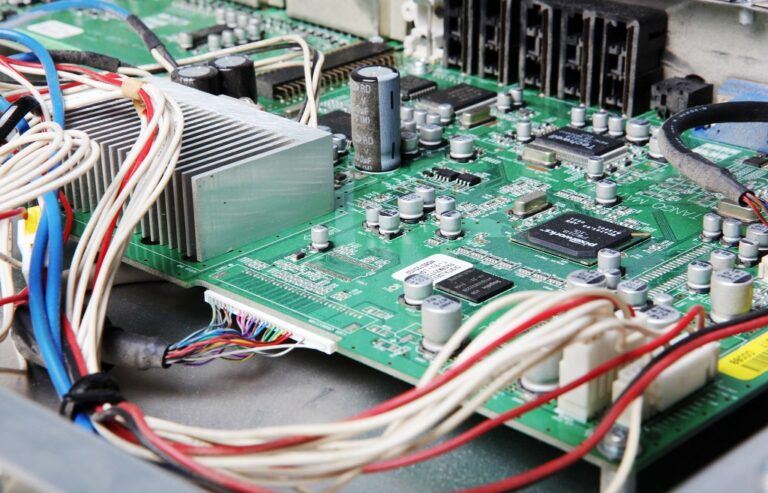Privacy-centric cryptocurrency Monero (XMR) recently saw its hashrate drop over 80 percent, after it upgraded its proof-of-work algorithm to resist specialized Cryptonight ASIC miners, which some feared could harm the cryptocurrency.
According to available data, Monero’s hashrate dropped from little over 1 GH/s to about 270 MH/s at press time. At its lowest point, the network’s hashrate was at to roughly 157 MH/s, an over 80 percent decline.

The drop came right after Monero’s hard fork, which saw some suggest the entirety of the now missing hashrate were ASICs, that were forced out of the chain. Others believe some miners might have not upgraded yet, meaning the situation should come back to normal in a few days.
Some speculators point out the missing hashrate could also be attributed to botnets. Cybercriminals are known to use other people’s computers to mine the privacy-centric cryptocurrency in what’s known as cryptojacking, and could’ve turned their botnets to one of the four projects created from the hard fork.
Notably, one of these projects, Monero Original (XMO), currently has a hashrate of about 907 MH/s. This could mean every single ASIC mining Monero turned to Monero Original. This, however, would mean the pre-fork ASIC hashrate was above 51 percent, which could’ve put the network at risk.
Another project, Monero Classic (XMC) claims to have 80 percent of Monero’s pre-fork hashrate agreeing with it. Monero Classic openly revealed it would allow ASICs to mine on its chain, while not much is yet known about Monero Original. XMC’s website reads:
“Around 80% of the current Monero hash rate agrees with our stance and refuses to follow the POW change. That is why we declare in advance that we will maintain the original software which follows the original rules. We reject centralised developer Control and we believe that’s voluntary participation for both users and miners Will uphold the principles of decentralisation.
Given that currently available data is limited, it’s hard to tell if some miners haven’t yet upgraded, if botnets made their choice, or if ASICs indeed made up about 80 percent of Monero’s hashrate.









